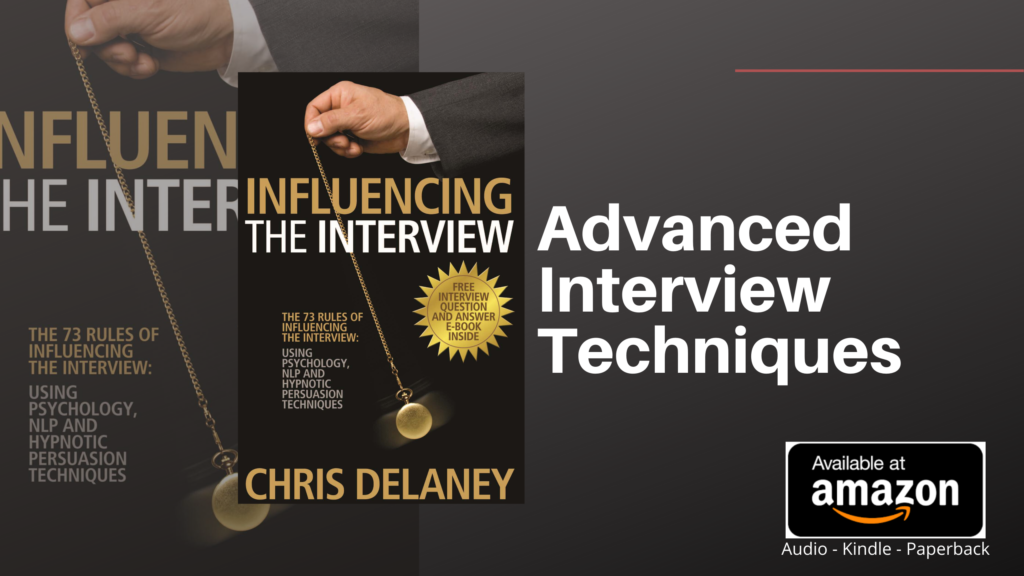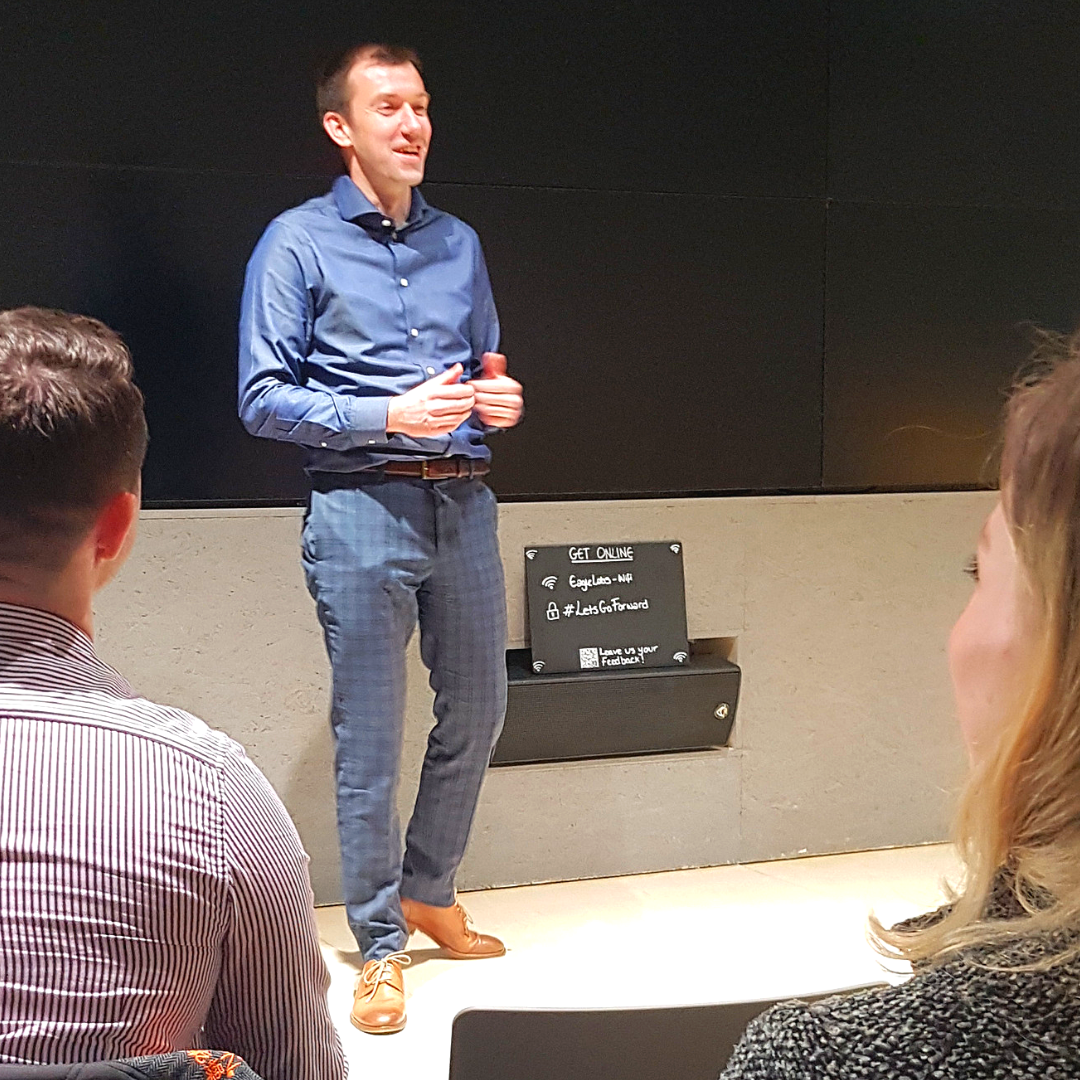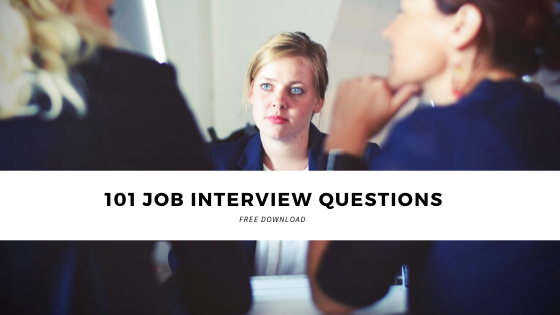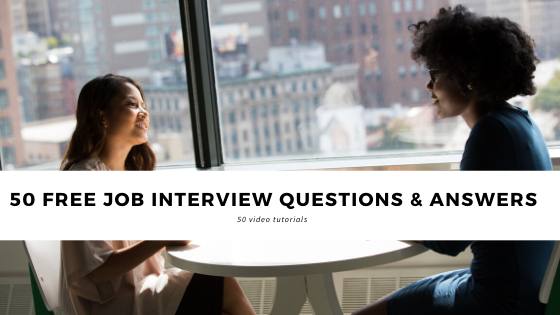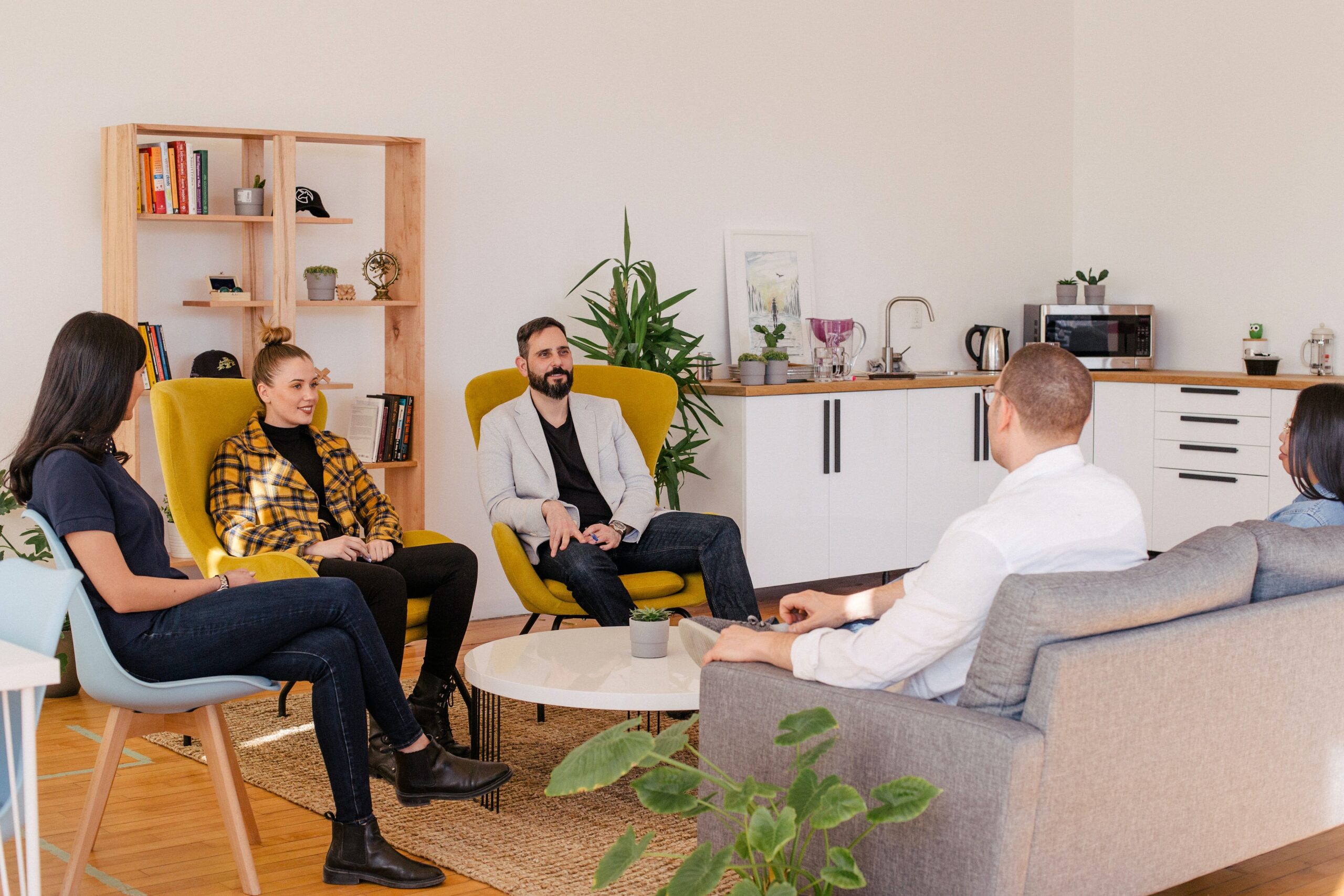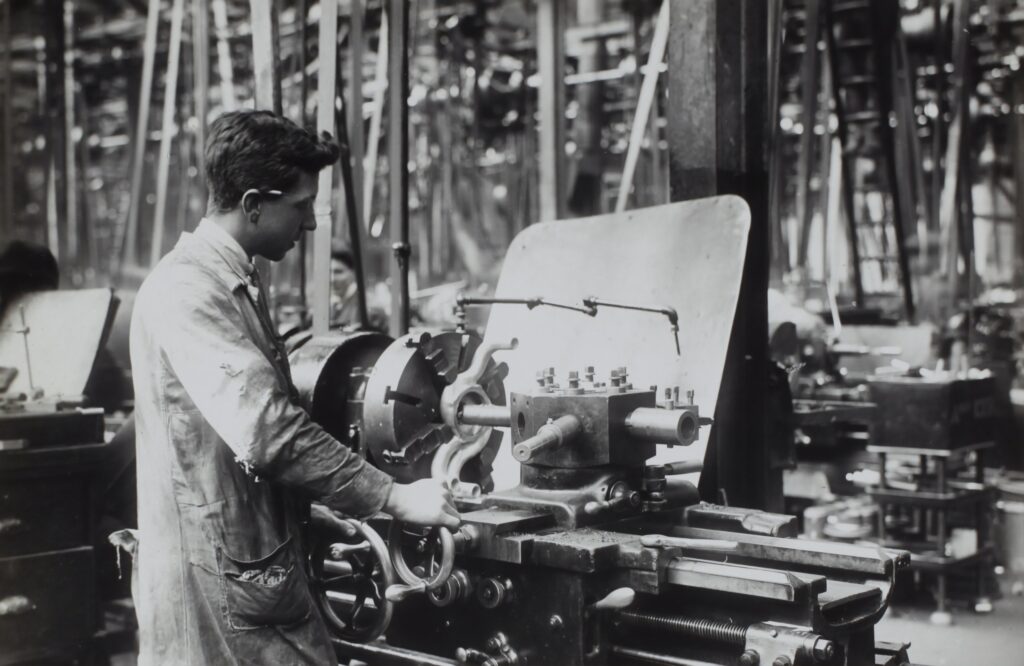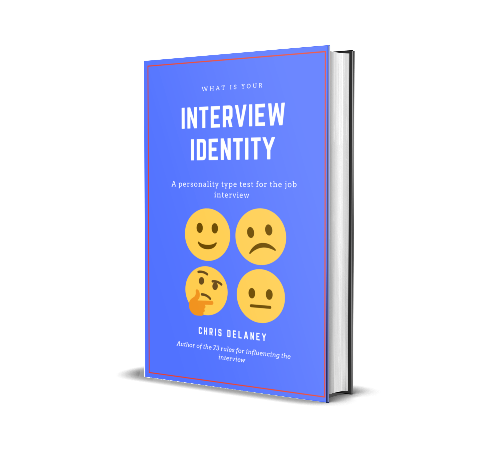Most career professionals will state that the job interview is the most fearful activity they have to undertake. They are wrong! In fact, more people fear public speaking above all else.
Therefore, the job interview presentation is twice as scary.
To help applicants to have interview success, the following interview presentation guide gives a step-by-step process, from the construction of the interview presentation to the delivery, designed to help interviewees pass the job interveiw presentation section of the job interview.
How to create a good interview presentation
Presentation preparation is key.
The 3 steps to create an interview presentation are:
Step 1 – know your audience
Step 2 – time your speech
Step 3 – plan your delivery
Know your audience
The first task for any public speaker is to know what to say.
Employers will send candidates a presentation brief explaining the duration of the presentation (often 10-15 minutes), the topic/presentation title (or questions that need answering) and any additional requirements (must use slides, add a Q&A section to the presentation).
Once you have the ‘rule book’ or brief for the presentation, the next step is to think about the audience. Interviews that require a presentation will often have 2-3 interviewers assessing the interview performance.
Remember – the interviewers will want the applicants to perform well, as they are looking to hire the best applicant for the vacancy.
When the candidate enters the room, the lead interviewer will confirm the duration of the presentation and any of the key rules (Q&A).
It is up to the interviewee to start and stop the presentation within the allocated time slot. The audience, the interviewers, will remain quiet throughout the presentation. This can be off-putting for some presenters, or a positive for others.
The interviewers use the presentation to test presenting skills if that is a requirement of the job role, or for most non-teaching positions, the interviewers use a presentation to check the applicant’s level of industry knowledge.
How many slides do you need for a 10-minute interview presentation
A commonly asked question for interview presentations is how many slides to during a 10 minute presentation.
The answer is as many or as little as you like. Not the best answer I know, but what the presenter needs to decide is what will make them a more confident orator?
Two possible choices:
Maximum slides – having 10-20 slides to flick through has one key advantage; data, information and prompts can be added to the slide deck helping the interviewee to stay on track during the presentation, increasing delivery confidence.
Also, additional slides moves the audiences eye contact away from the speaker and onto the powerpoint (a positive for anxious speakers)
Having a high amount of slides can be a negative as some speakers, especially nervous speakers, will be overwhelmed by having to flick through slides that are linked to the speech.
In addition, some speakers with a large slide deck will rely on the slide deck in preference of practice – a big no-no!
Minimum slides – the second option, therefore, is to have minimum slides (2-3 slides) This shows confidence and encourages all eyes to be on the speaker.
By being the focus within the interview presentation, rather then beautiful visual slides being the main focus, employers will increase rapport through the confident, well-rehearsed, delivery of industry-related information.
If, however, the present lacks confidence the all eyes on them approach can be daunting.
The number of slides required for a 10-minute speech.
Returning to the question. A good rule of thumb is 1 slide per minute. This allows enough verbal communication vs visual data to create a professional style speech.
Interview presentation structure
When preparing for an interview presentation, applicants will no doubt google ‘presentation structures.’ There is a wealth of knowledge online, with speaking structure advice stating ‘add an intriguing hook’ ‘start at the end’ ‘use storytelling’ and any number of suggestions.
For an interview presentation keep it simple (unless you are an experience public speaker).
The easiest speech stuck to adopt is a 3 step speech structure:
- State what you will be discussing
- Discuss the topic
- Summarise what you have discussed
Remember, for most interview presentations you are not being marked on your oration skills, rather the interviewer is looking for sector knowledge and insight.
Your presentation doesn’t have to be fancy, it simply has to highlight the applicant’s level of industry knowledge and experience.
By stating clearly what the presentation will cover makes it easier for the interviewers to record the essential criteria during the speech, as they know that each section is about particular criteria.
In the main, there will be 3 key points that each interviewee will be trying to get across, with sub-point for high skilled complex job roles. Step 2, discussing the topic, is the most important part of the interview presentation.
During step 2 give examples, state facts and discuss any relatable sector knowledge. If the presentation requires the applicant to discuss multiple criteria break the tep into 3 sections “to explain (criteria) I will discuss A, B and C. A is when….”
To end the presentation, it is important to summarise what has been discussed. The summary remains the interviewers of the applicants sector knowledge and experience as well as making it clear that the presentation has ended ” to conclude…..”
Body language tips
Non-verbal communication is just as important as verbal communication during an interview presentation.
The body language of a speaker can show confidence, reinforce the discussion and keep an audience engaged.
Start the presentation ‘planted’ on the stage.
Just before the applicant speaks, a good speaking trick is to pick a spot, front and centre, on the stage and stand with legs shoulder width apart. Stay silent for a few seconds, then open the speech with a solid line without moving from the chosen spot – this comes across as confident.
Move with purpose
After the first line the speaker can ‘move with purpose.’ After saying a statement, the speaker can move across the stage before discussing the next point. During the movement the sides can switch to the next one in line.
This creates hits 3 speaking element; visual aids from the slidedeck, movement which helps keeps an audience engaged and a focus on the speaker when they have an important point to make, achieved by speaking when standing still.
Eye contact
Confident speakers have a natural ability to hold eye contact. When making a point look at one of the interveiwers and hold their gaze through the point being made. at the end of the point flick yoru eyes across the other interveiwers. On the next point pick a different interview to maintain eye contact with.
Holding eye contact increases rapport, as the audience feels part of the speech – you are talking directly to them. It is also hard for an interviewer to lose concentration when they are maintaining eye contact, keeping the interview panel engaged throughout the presentation.
Open gestures
As well as highlighting the candidate’s competency level, the interview presentation also increases or decreases candidate likeability. Likeability can be increased through the speaker’s body language.
Crossed arms is a sign of defensiveness.
Open gestures; palms facing the audience highlights friendliness.
Smile increases warmth.
Talking with hands shows confidence and reinforces the vernal point the speaker is making.
Hand covering mouth, or ear rubbing while speaking is a sign of deceit.
Stay calm during the interview presentation
Each year psychologist poll people’s biggest fear and each year public speaking ranks as the number one fear.
Being anxious in a job interview only ends badly.
Increasing confidence is relatively easy. First, you need to understand how the nervous system affects the job interview outcome, by setting off the fight or flight response;
The thought of failing increases the heart rate which sends a signal to the brain stating that you, the applicant, are in danger. Once the brain detects a threat, the fight or flight response kicks in.
To be more confident in the job interview applicants can turn the fight or flight response off.
The power of imagination in a job interview.
The mind can only truly focus on one thought – if you imagine being confident in a job interview; seeing yourself as charismatic, charming and a great communicator, your emotions (through the mind/body cycle) will be in confidence mode.
List Interview Successes
Focusing the mind on interview strengths rather than interview failures, increasing job interview confidence. The same process is used for daily affirmations. If you repeat to yourself your strengths you will believe these to be true, therefore perform better in the job interview.
Interview Humour
It is well known that smiling increases likeability with an interviewer. But a second additional benefit comes from smiling – it relaxes you. Thinking of something humorous, or even laughing at the fact you feel so nervous when all you have to do is talk about yourself for 45 minutes, can be enough to make you smile, and therefore relax.
To help applicants pass job interviews, career professionals can take the job interview prediction test to determine their interview identity.

Job Interview Advice
